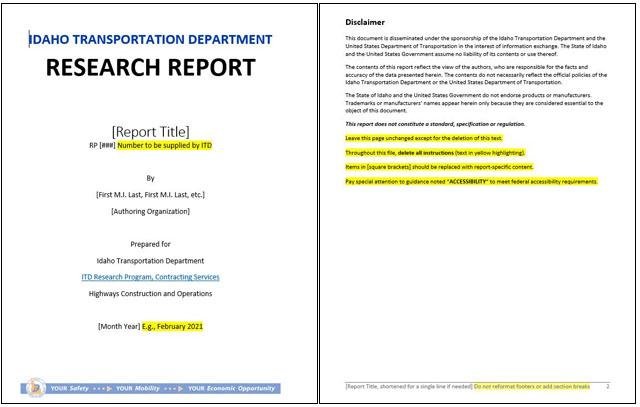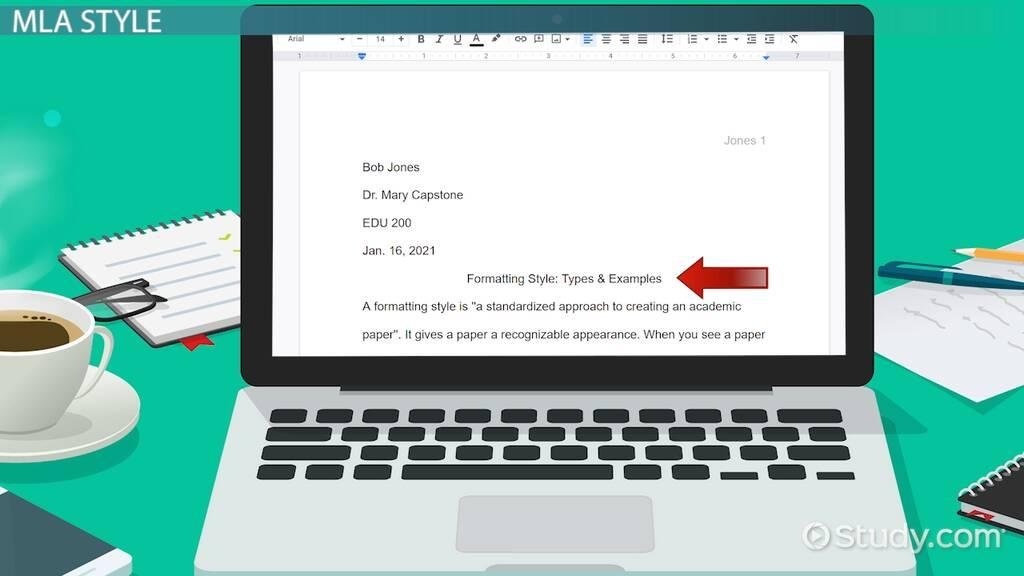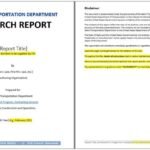research report format template

Creating a structured and clear research report is crucial for effectively communicating findings and analyses in academic and professional settings. A well-crafted research report format template serves as a guiding framework that helps writers organize their thoughts, streamline the writing process, and ensure that essential elements are included. This introduction will explore the significance of utilizing a research report format template, detailing how such a tool can enhance clarity and coherence in reporting research findings. Whether it’s for a classroom assignment, a business analysis, or a scientific investigation, a robust template can simplify the complexity of reporting and provide a clear path to follow. In the following sections, we will delve into the components of an effective research report format template, offering insights into its structure, purpose, and best practices for creating your own.
Understanding the Structure of an Effective Research Report
Understanding the format of a research report is crucial for conveying your findings effectively. A well-structured report typically includes several key sections, each serving a distinct purpose. The Introduction provides context and outlines the research objectives, while the Literature Review synthesizes existing research relevant to the topic. The Methodology section details the research design and methods used for data collection and analysis. Following this, the Results section presents the findings in a clear and concise manner, often supplemented with tables or figures. the Discussion interprets the results, relating them back to the original research questions and suggesting implications or areas for future study.
Additionally, enhancing the readability of your report is essential for engaging your audience. Use headings and subheadings to organize content clearly, and incorporate bulleted lists for easy scanning of key points. Formatting tables can also clarify complex data sets; for instance, consider using a simple two-column layout to juxtapose findings and interpretations. Here’s an example of how a table capturing key results might appear:
| Finding | Interpretation |
|---|---|
| Increased engagement in interactive sessions | Indicates a preference for hands-on learning experiences |
| Higher retention rates in visual learners | Suggests visual aids are effective in content delivery |

Key Elements to Include in Your Research Report Template
html
When crafting a research report, it is essential to incorporate specific elements that ensure clarity and professionalism. The foundation of your report should include a well-defined title page that presents the topic succinctly, along with your name and date. Following this, an abstract should encapsulate the core findings and significance of your research in a concise manner, allowing readers to grasp the essence quickly. Additional sections to consider are the introduction, where you outline the research question and hypothesis, and the methodology, detailing the experimental procedures and analytical techniques utilized. This structured approach helps establish a comprehensive narrative from the outset.
Moreover, your research report should feature a results section, where data is presented clearly, often enhanced by the inclusion of tables and figures for visual impact. Each data point should be accompanied by a succinct description to aid interpretation. The conclusions will wrap up your findings, providing interpretations and discussing implications, along with any limitations encountered during the study. a references section is crucial, as it lends credibility to your work and provides a roadmap for readers seeking further information. By integrating these key components, your research report will not only be informative but will also engage your audience effectively.

Best Practices for Formatting and Presentation
When preparing a research report, clarity and visual appeal are paramount. Utilizing consistent formatting throughout your document not only enhances readability but also underscores the professionalism of your work. Begin with a structured table of contents that outlines key sections, including introduction, methodology, results, and conclusion. Each section should be clearly marked with appropriate headings and subheadings. For a polished look, consider using bullet points for lists and highlighting key concepts in bold to draw attention. Moreover, integrating white space can significantly improve comprehension by breaking up dense information.
Another essential aspect of formatting is the effective use of tables and figures to present your data clearly. A well-structured table can convey complex information at a glance, making it easier for the reader to grasp significant findings. Here’s a simple example of a table showcasing hypothetical research results:
| Variable | Control Group | Experimental Group |
|---|---|---|
| Average Age | 25 yrs | 26 yrs |
| Success Rate (%) | 70% | 85% |
| Sample Size | 100 | 100 |
Concluding your report with a summary or discussion section that synthesizes key findings allows readers to connect the dots effectively. Always keep in mind the importance of appropriate citations and referencing to bolster your credibility and provide a pathway for future research. These practices collectively ensure that your research report is not only informative but also visually compelling, making it easier for peers to engage with your work.

Enhancing Clarity and Impact Through Visual Aids
html
Incorporating visual aids into your research report can significantly enhance both clarity and impact, allowing complex data and concepts to be presented in a more digestible format. Visual aids such as charts, graphs, and diagrams not only break up dense text but also serve as effective tools for illustrating relationships and trends within the data. By representing information visually, you can help your audience grasp key insights quickly and retain them long after the presentation has concluded. Consider using visuals to:
- Simplify complex data: Transforming numbers into visuals makes interpretation easier.
- Highlight trends: Graphs can reveal patterns that may not be immediately apparent through text alone.
- Enhance engagement: A well-placed image or chart can capture attention and maintain interest.
Moreover, visual aids can cater to diverse learning styles, accommodating those who may benefit from seeing rather than just hearing the information. It's essential to select visuals that are not only relevant but also clear and professionally presented. Utilize a range of visual formats to keep your audience engaged, including infographics and tables. Below is a simple overview of types of visuals you might consider:
Type of Visual
Purpose
Charts
To compare data points visually
Diagrams
To illustrate processes or systems
Photos/Illustrations
To enhance emotional connection or provide context
Future Outlook
crafting a well-structured research report is essential for effectively communicating your findings and insights. Utilizing a research report format template can streamline the writing process, ensuring that you include all necessary elements—from the abstract to the conclusion. Whether you are a seasoned researcher or just starting your academic journey, leveraging templates not only enhances your productivity but also helps maintain clarity and organization in your work. As you embark on your next research project, remember that a solid template can serve as your guide, transforming complex data into digestible insights that resonate with your audience. Embrace the power of templates, and watch your research narratives unfold with clarity and impact.




